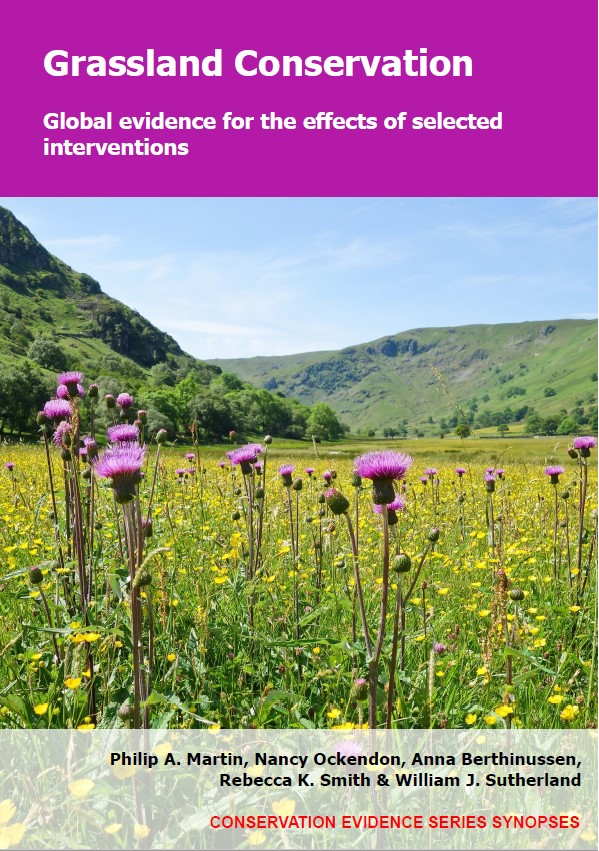Use erosion blanket after seeding/planting
-
Overall effectiveness category Evidence not assessed
-
Number of studies: 3
View assessment score
Hide assessment score
How is the evidence assessed?
-
Effectiveness
not assessed -
Certainty
not assessed -
Harms
not assessed
Study locations
Supporting evidence from individual studies
A replicated, paired, controlled study in 1988–1991 in a largely unvegetated area on the island of Kahoʻolawe, USA (Warren & Aschmann 1993) found that using an erosion blanket after sowing seeds did not alter vegetation cover compared to seeding alone. After 25 months, average vegetation cover did not differ between sown plots with or without an erosion blanket (both 3%). In November 1988, the site was ploughed to a depth of 10 cm. In December 1988, seeds (a mix of six grasses and one legume) were sown using a seed drill in two 60 x 1.8 m plots in each of five blocks. One plot/block was covered with woven jute netting, and the other plot was left uncovered. In January 1991, thirty 0.25-m2 quadrats were placed in each plot and vegetation cover estimated by eye.
Study and other actions testedA replicated, randomized, paired, controlled study in 1993–1997 on three road verges in Colorado, USA (Paschke et al. 2000) found that using an erosion control blanket after seeding and planting did not alter vegetation cover compared to seeding and planting alone. Vegetation cover was not significantly different in areas where an erosion control blanket was used, seeds were sown, and plants were planted (0.6–12.3%) and areas where no erosion control blanket was used but seeds were sown and plants planted (2.7–10.5%). In October 1993, three blocks each containing two plots, were established on road verges. An erosion control blanket made of aspen Populus sp. shavings and plastic netting was added to one plot that was then sown with seeds of 13 grass, forb, and shrub species and planted with the same plant species. One plot was planted with plants and sown with seeds but no erosion control blanket was added. Vegetation cover in each plot was recorded in June 1994–1997.
Study and other actions testedA replicated, randomized, controlled study in 2009–2010 in an agricultural field in southern Spain (Ballesteros et al. 2012) found that using an organic blanket after sowing seeds increased plant density and species richness compared to sowing without an organic blanket. In four of four comparisons, plant density was higher in plots where seeds were sown and an organic blanket was used (4–34 plants/m2) than in plots where seeds were sown and no blanket was used (1–11 plants/m2). A similar pattern was seen in four of four comparisons for plant species richness (with organic blanket: 0.4–3.2 species/0.25 m2; without organic blanket: 0.2–1.8 species/0.25 m2). In November 2009, forty 5 x 5 m plots were sown with locally collected seeds of seven native grass and forb species. An organic blanket (biodegradable net made of straw and alpha grass Stipa tenacissima) was randomly added to half of the plots, while the other half had no blanket added. Four different bedding materials were applied to plots prior to seeding (see original paper for details). Plant density and species richness were estimated in July and October 2010 using fifteen randomly placed 0.5 x 0.5 m quadrats/plot.
Study and other actions tested
Where has this evidence come from?
List of journals searched by synopsis
All the journals searched for all synopses
This Action forms part of the Action Synopsis:
Grassland Conservation
Grassland Conservation - Published 2021
Grassland Synopsis





)_2023.JPG)














